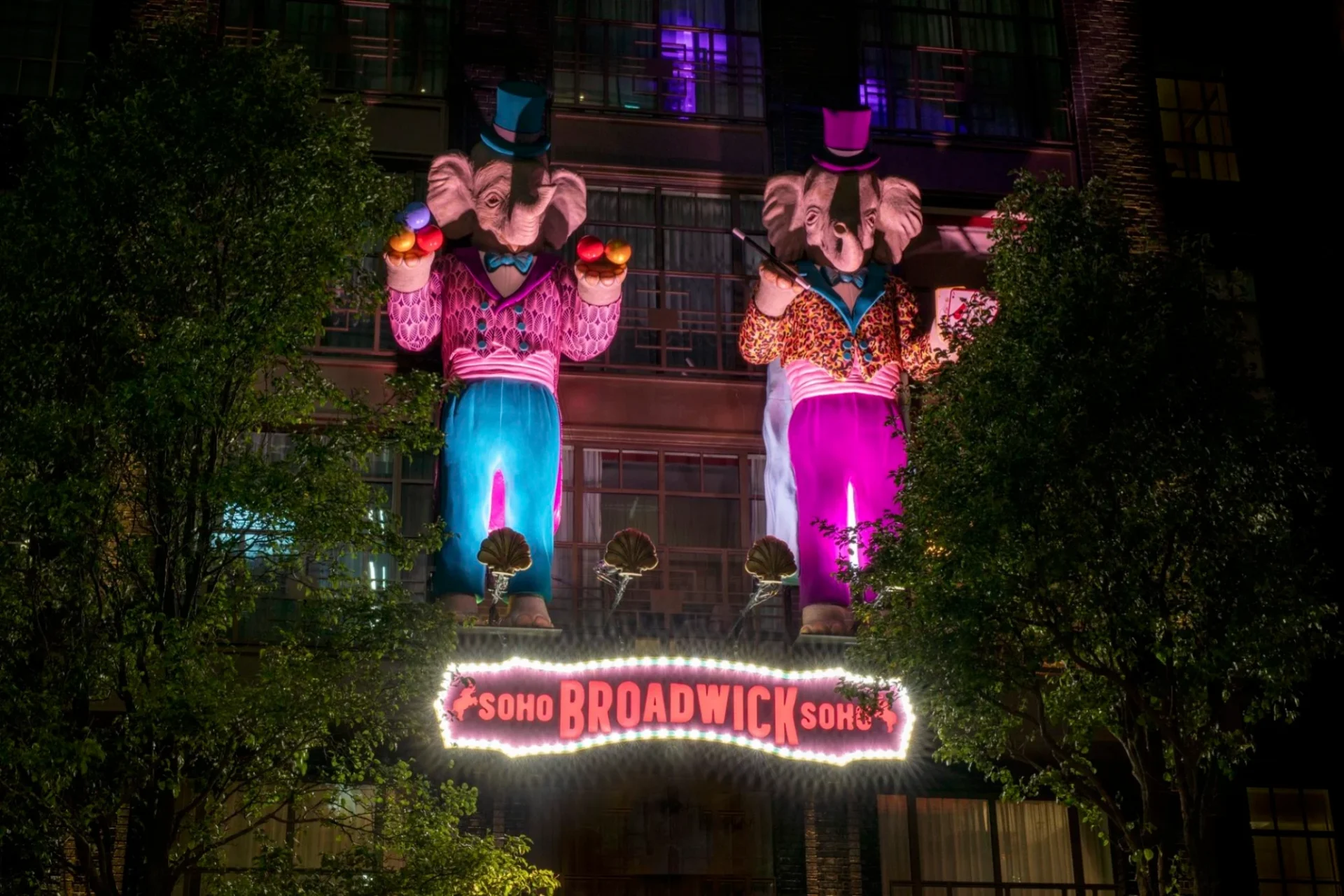In the realm of tourism and hospitality, mascots have long been an intriguing and effective way to connect with guests and promote destinations. From historic symbols to modern-day AI creations, these mascots add a unique flair to the travel experience. One such example is the Broadwick Soho hotel in London, where the elephant, a symbol of loyalty, intelligence, and family, is featured prominently throughout the hotel, from the décor to the staff uniforms.
The concept of mascots in hospitality isn’t new. London’s Kimpton Fitzroy is home to George, a bronze dragon that has been a fixture since 1898, symbolizing luck and resilience. Similarly, Hotel Principe di Savoia in Milan adopted a crowned frog named Ambrogio, inspired by the classic fairy tale, as a symbol of royalty and charm.
Mascots are not just limited to hotels; entire countries and cities use them to boost tourism. For instance, the Korea Tourism Organisation introduced the Kingdom Friends mascots during the pandemic, allowing people to travel vicariously through their digital adventures. Japan, known for its rich folklore and affinity for all things ‘kawaii’, has an array of regional mascots, or yuru-chara, like Kumamon and Hikonyan, to promote local attractions and boost tourism.
These mascots often embody the character and specialities of the places they represent. Melon Kuma, a bear with a watermelon head, signifies Yubari’s famous melons and bears, while Sanomaru, with ramen on its head, represents Sano’s culinary delights. These quirky yet meaningful representations have become integral to local culture and tourism.
Airports and airlines have also embraced mascots. Japan Airlines’ Jalion and Takamatsu Airport’s Takapo are just two examples of aviation-themed mascots. Air India’s Maharaja, a longstanding symbol since 1946, recently underwent a transformation to align with modern times, becoming the world’s first airline AI agent.
These mascots, whether historical, mythical, or modern, play a significant role in shaping the identity of destinations and establishments in the tourism industry. They not only serve as unique marketing tools but also enhance the travel experience by offering a memorable and engaging connection to the places people visit.
READ MORE:
